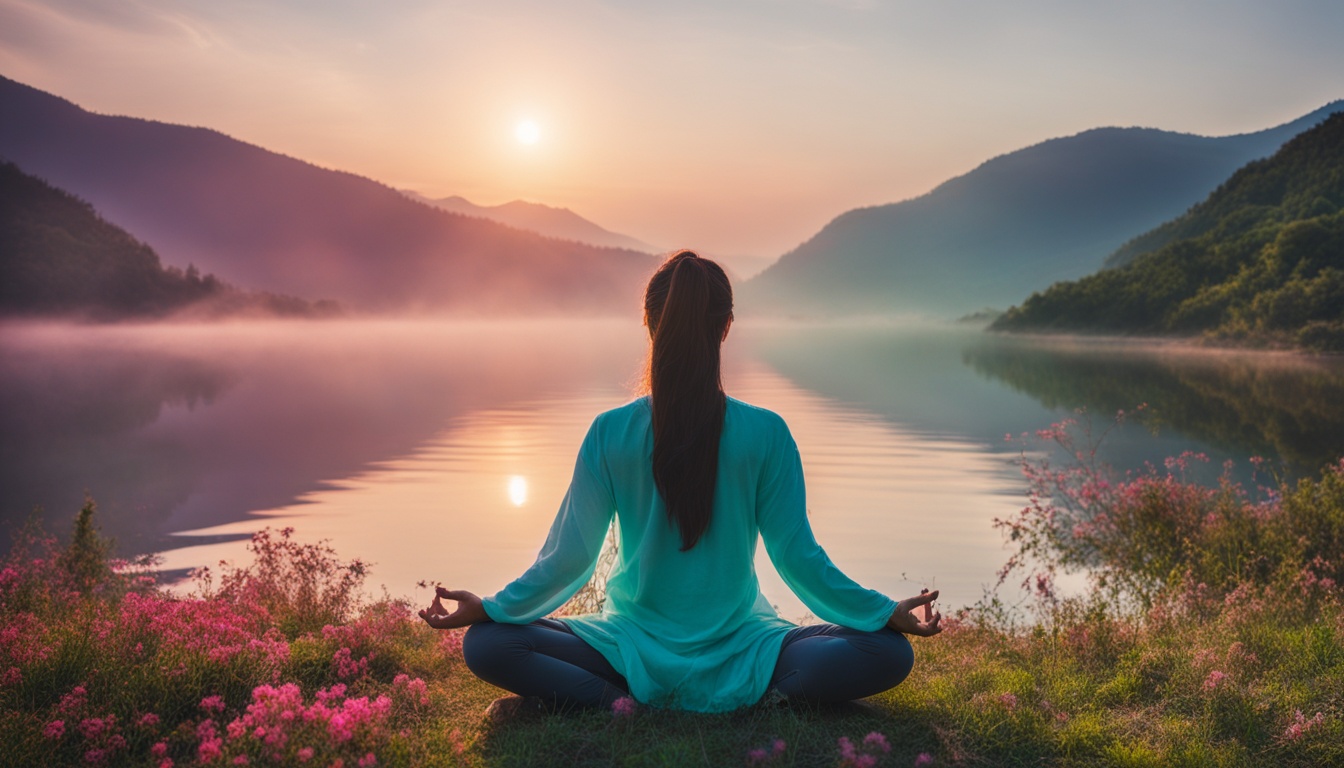Introduction to Mindfulness and Relaxation
Mindfulness and relaxation have emerged as two of the most powerful tools for enhancing mental well-being and achieving a balanced life. They’re more than just buzzwords—they’re practices rooted in ancient traditions and backed by modern science. Mindfulness refers to the act of fully focusing on the present moment, while relaxation helps release tension and calm your mind. Together, they create a synergy that can transform how you face everyday challenges and experience life’s opportunities.
These practices teach you how to be present without judgment, reduce feelings of anxiety, and reconnect with yourself in meaningful ways. Whether you’re struggling to manage work stress or looking for a holistic way to elevate your daily routine, mindfulness and relaxation can unlock a new chapter in your life.
Understanding the Science Behind Mindfulness and Relaxation
The profound effects of mindfulness and relaxation are backed by neuroscience and psychology. Engaging in mindfulness practices triggers the activation of the prefrontal cortex, a part of the brain associated with focus and emotional regulation. Simultaneously, relaxation exercises reduce the activity of the amygdala, which governs our fight-or-flight response.
Research also shows that incorporating these techniques lowers cortisol levels (the stress hormone) and increases serotonin and dopamine levels, enhancing feelings of happiness and contentment. Essentially, mindfulness and relaxation retrain your mind to focus on the now, dissipating the noise of worry about the past or future. These changes in the brain create a stronger neural foundation for resilience and a more fulfilling life.
Incorporating Mindfulness & Relaxation into Your Life
Building mindfulness and relaxation into daily life doesn’t require major upheaval—it simply calls for intentionality and consistency. Start small. Begin your day by dedicating five minutes to mindful breathing. Focus on deep inhalations and exhalations. Notice the rhythm of your breath. Gradually, extend this practice to other moments in your day, like mindful eating or taking a mindful walk.
Pair relaxation techniques, such as progressive muscle relaxation or guided meditations, with your mindfulness exercises. When challenges arise, practice mindfulness by observing your emotions and thoughts without attaching judgment. Establishing a routine allows these practices to evolve into habits, creating a ripple effect that benefits every aspect of your life.
Overcoming Challenges in Your Journey
Even with the best intentions, challenges in maintaining a mindfulness and relaxation practice are inevitable. Distractions, doubt, or even impatience can make it hard to stick to your routine. You may find yourself wondering if mindfulness is “working” or feeling too busy to prioritize relaxation.
Recognize that obstacles are an inherent part of the process. Approach setbacks with compassion, without being too hard on yourself. Adjust your practices to fit your schedule; even one mindful minute can shift your perspective. Over time, the payoff is immense. By working through challenges, you deepen your commitment to fostering your own well-being.
Learning from Real-Life Examples
Stories of transformation often inspire commitment to mindfulness and relaxation. Consider Sarah, a busy mother of three, who managed her burnout through mindful breathing exercises twice daily. Or Jacob, a software developer constantly overwhelmed by high-pressure deadlines, who found relief through daily guided meditations that kept him anchored to the present.
These stories highlight how mindfulness and relaxation are tools accessible to anyone regardless of their circumstances. They provide proof that practicing these techniques regularly helps manage stress, builds resilience, and creates lasting change. You don’t have to commit to perfection—the sheer act of showing up for yourself makes all the difference.
Helpful Resources for Mindfulness and Relaxation
To deepen your practice, take advantage of resources that can guide and support your mindfulness and relaxation routines. Recommended books include The Miracle of Mindfulness by Thich Nhat Hanh and Wherever You Go, There You Are by Jon Kabat-Zinn. Apps like Calm, Headspace, and Insight Timer offer audio-guided meditations that align with different needs—whether it’s stress relief, better sleep, or enhancing focus. For a structured approach, look into online courses like Mindfulness-Based Stress Reduction (MBSR) programs, which are grounded in research and widely regarded as effective.
Ongoing Benefits of Mindfulness and Relaxation
The most powerful aspect of mindfulness and relaxation is that their benefits multiply over time. Each day spent practicing reinforces the positive changes in your brain, body, and life. With consistency, you’ll notice greater emotional resilience, sharpened focus, improved relationships, and a genuine sense of inner calm.
Remember, mindfulness and relaxation aren’t about achieving a finish line—they’re a lifelong practice. Each mindful moment is an opportunity to engage with life more fully and with greater meaning. Prioritize yourself by integrating these techniques into your daily routine, and watch how your life transforms.
Visual Overview of Benefits and Practices
|
Mindfulness & Relaxation Benefits |
Practices to Try |
|---|---|
|
✅ Reduces stress and anxiety |
Mindful breathing |
|
✅ Improves focus and concentration |
Guided meditations |
|
✅ Enhances emotional resilience |
Progressive muscle relaxation |
|
✅ Promotes better sleep |
Body scan exercises |
|
✅ Strengthens interpersonal relationships |
Journaling mindfulness thoughts |
|
✅ Boosts happiness and contentment |
Mindful eating and walking |
FAQ
Q1. How often should I practice mindfulness and relaxation?
Ideally, aim for at least 10–20 minutes daily. However, even short moments of mindfulness sprinkled throughout your day can have positive effects.
Q2. Can mindfulness and relaxation help with chronic stress?
Yes, studies have shown that mindfulness-based practices significantly reduce stress by helping manage your response to triggers.
Q3. Do I need any special tools or equipment to start?
Not at all! All you need is a quiet space and a willingness to focus. For added guidance, apps or guided meditations can be helpful, especially for beginners.
Q4. How long does it take to see results?
While some individuals feel calmer after just one session, consistent practice over weeks or months typically shows the most impact.
Q5. Can mindfulness be practiced anywhere?
Absolutely! Mindfulness can be practiced while eating, walking, or simply sitting at your desk. It’s all about staying present in the moment.
Q6. Do mindfulness and relaxation work together?
Yes, combining mindfulness with relaxation techniques enhances their effectiveness, providing a more holistic approach to well-being.




